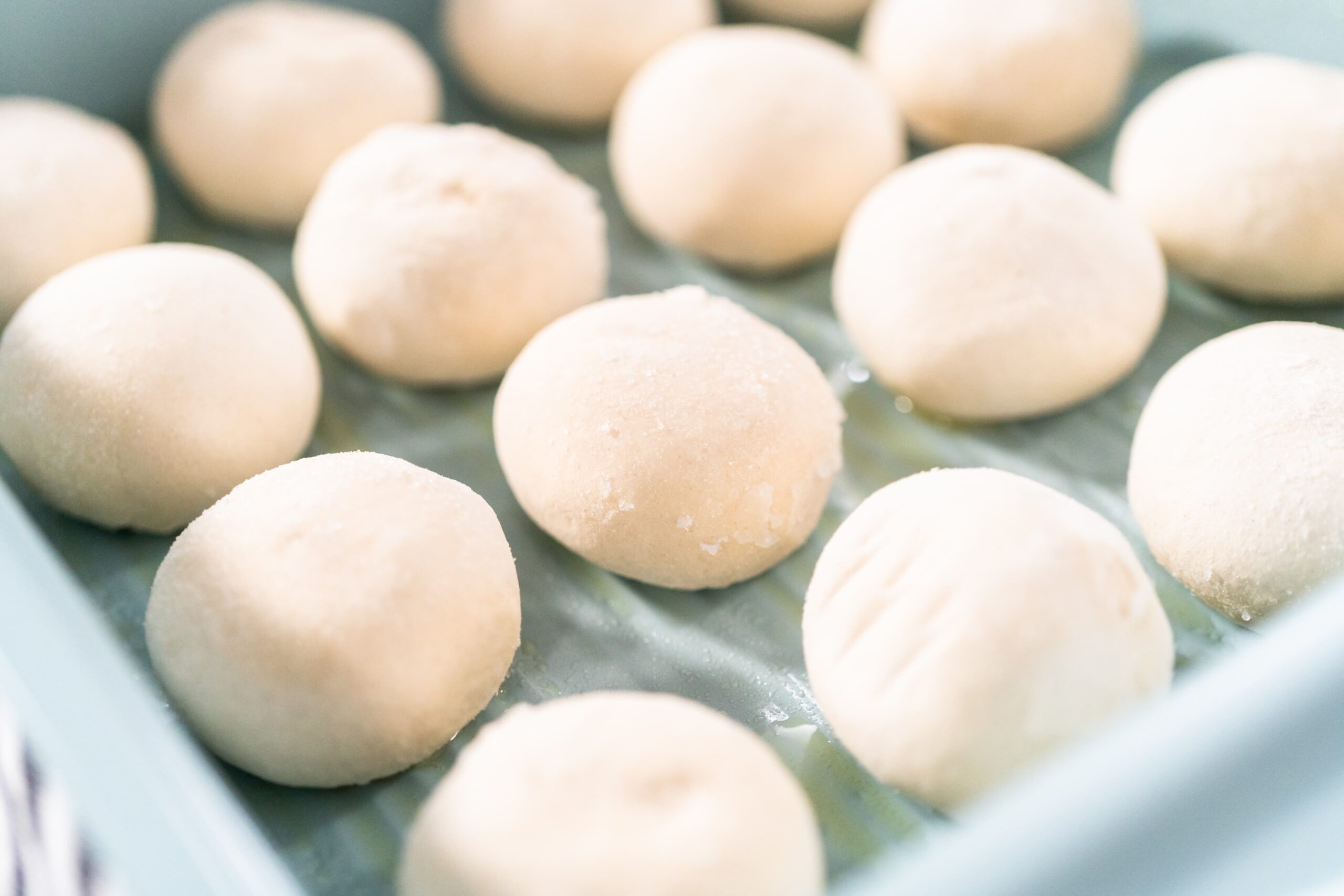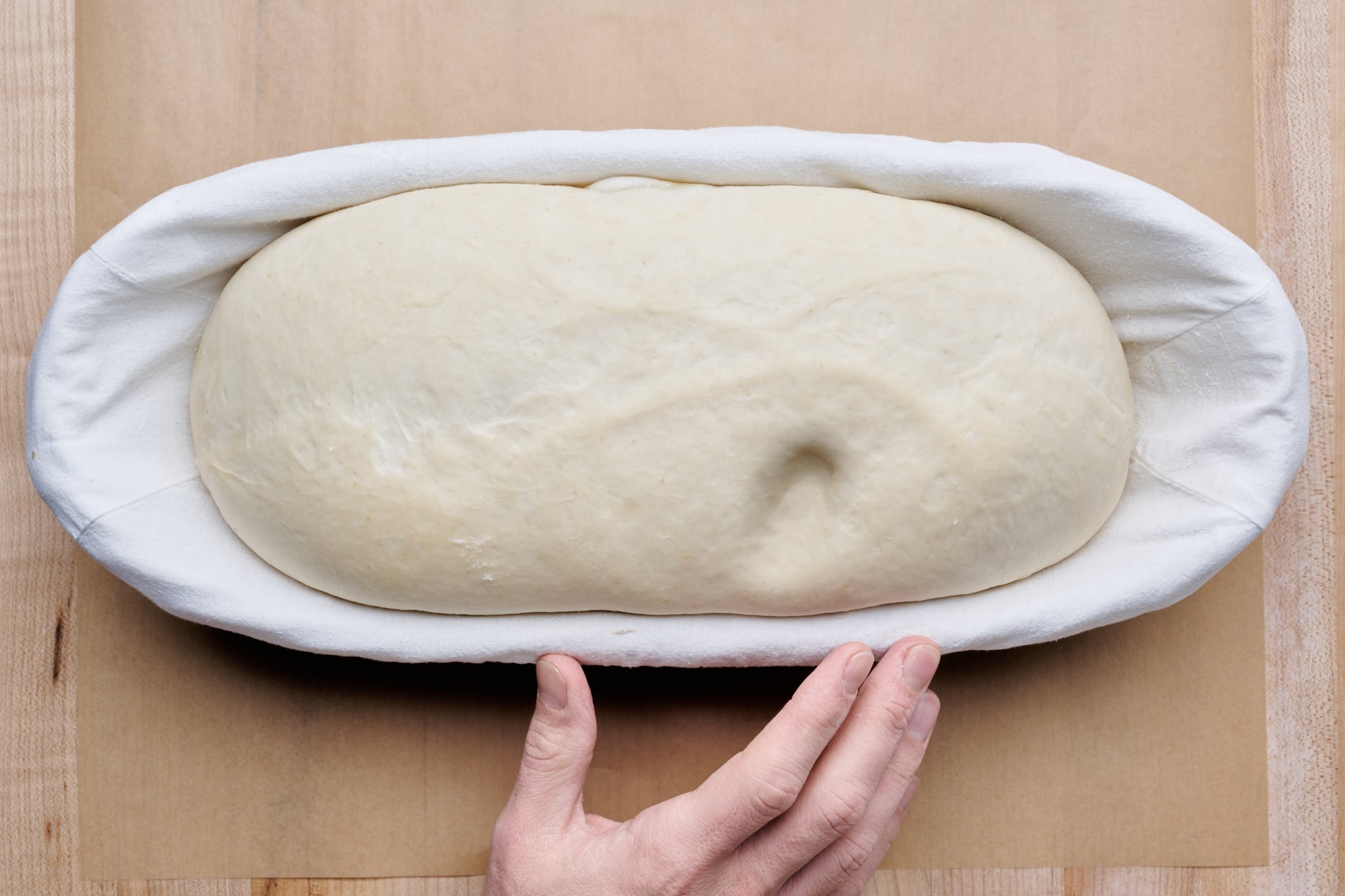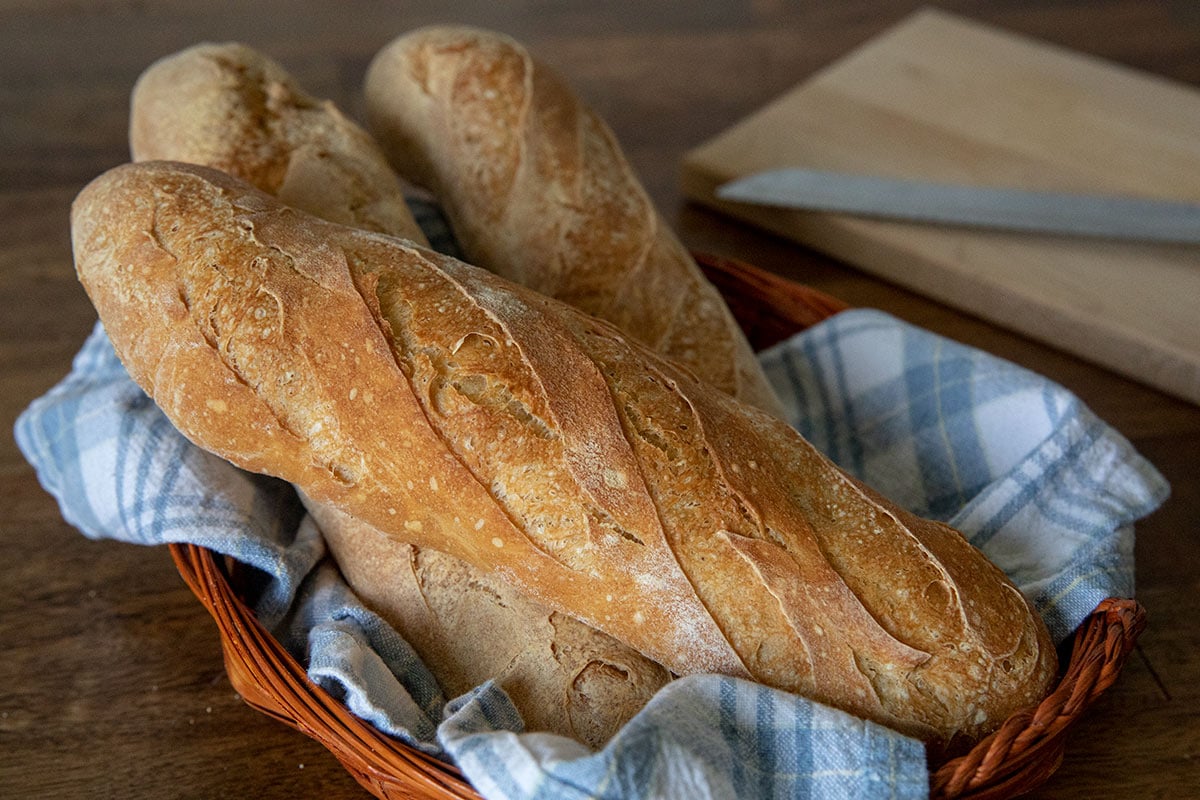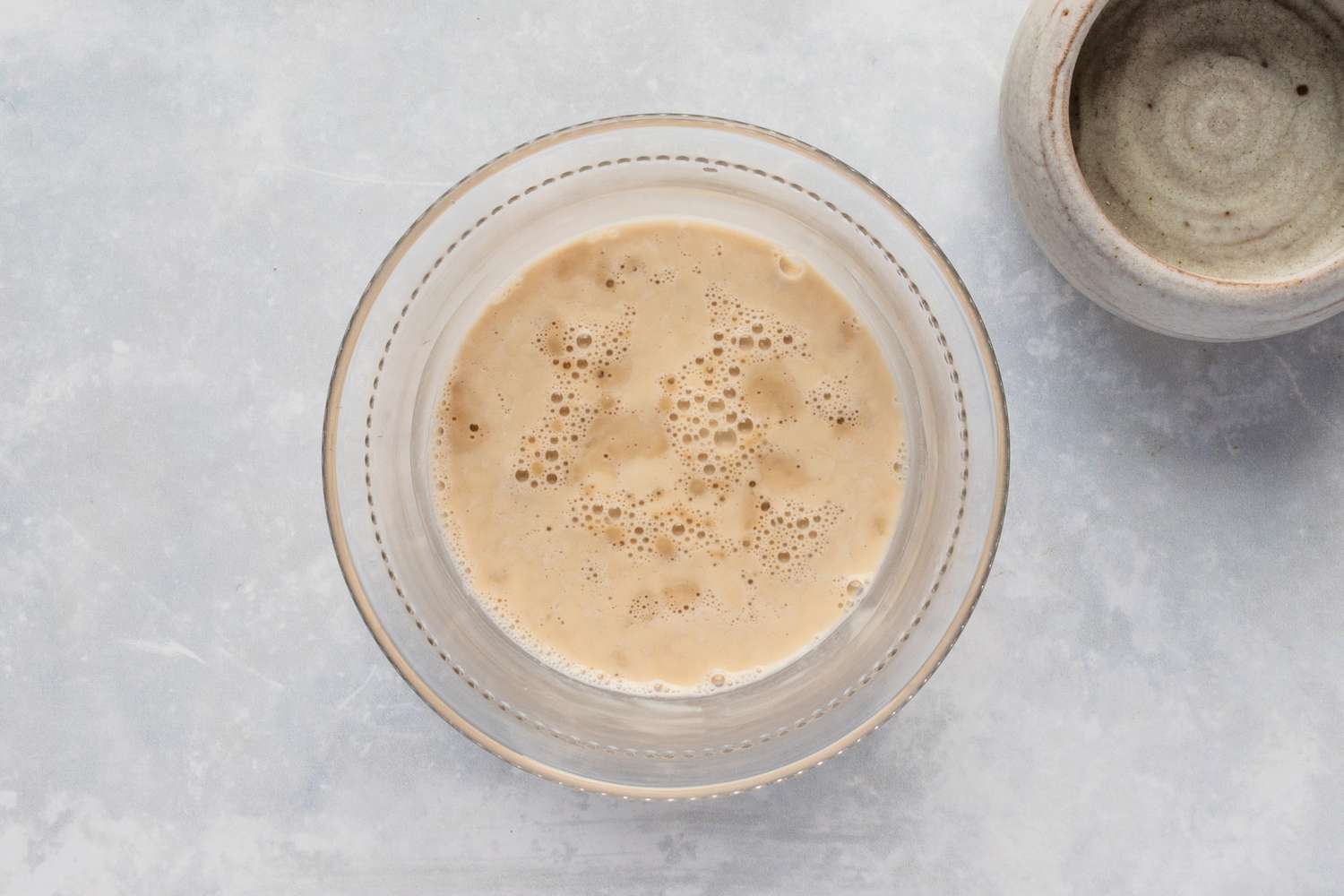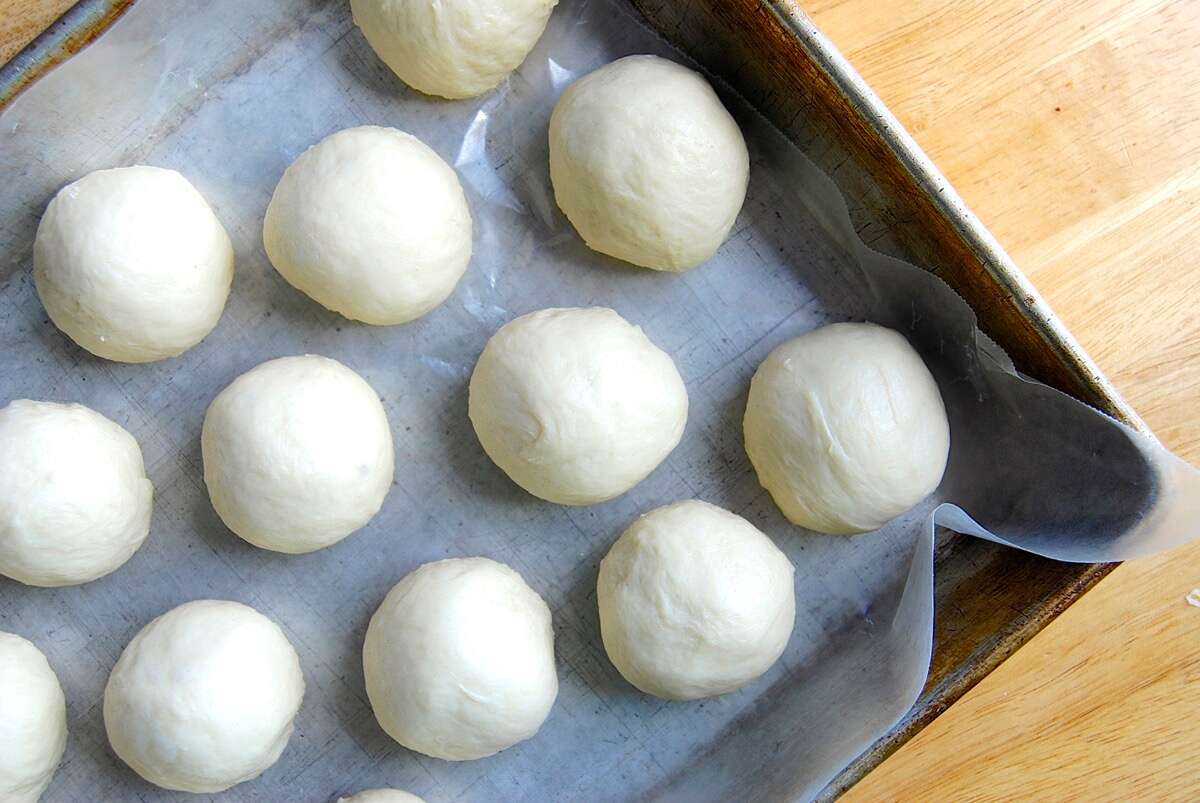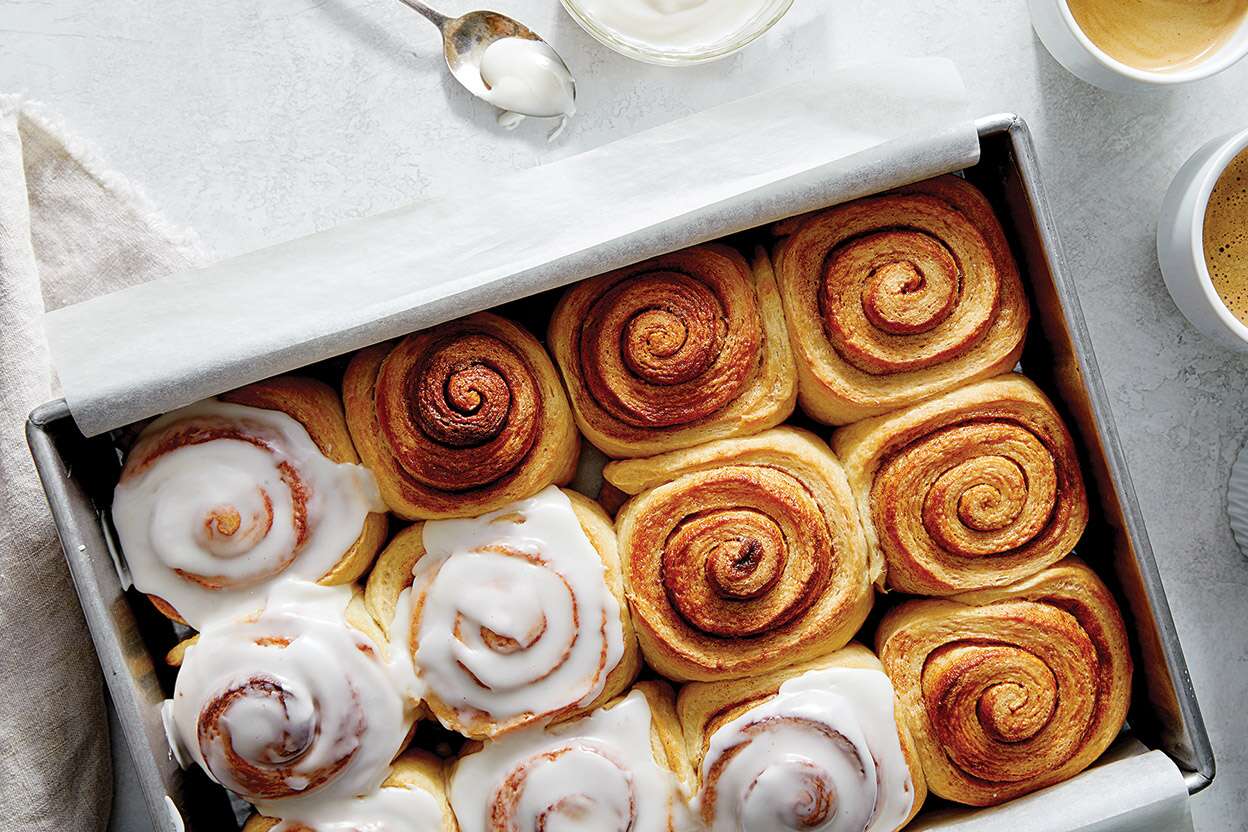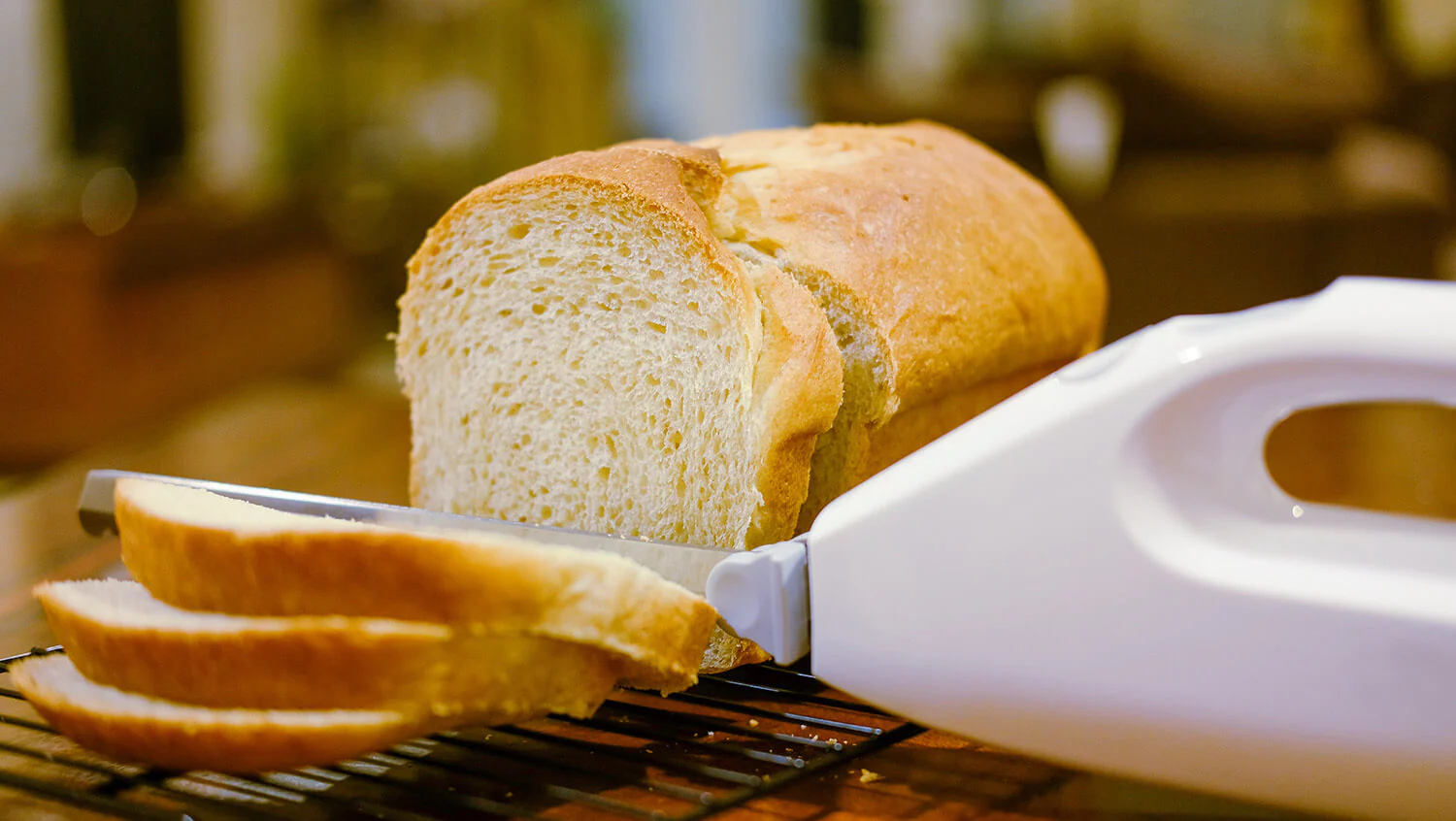Understanding Instant Yeast
Instant yeast is a popular ingredient in many bread and pastry recipes. It is a fast-acting yeast that does not require proofing before use. However, proofing instant yeast can help ensure its viability and effectiveness, especially if it has been stored for a long time or exposed to unfavorable conditions.
Why Proof Instant Yeast?
Proofing instant yeast involves mixing it with warm water and a small amount of sugar. This process allows the yeast to activate and begin fermenting, demonstrating its viability. If the yeast mixture becomes foamy and doubles in volume within a few minutes, it is considered proofed and ready to use. Proofing instant yeast can help determine if it is still active and capable of leavening dough effectively.
Steps to Proof Instant Yeast
Proofing instant yeast is a simple process that can be done in just a few minutes. Here are the steps to proof instant yeast:
- Start by warming the water to around 110-115°F (43-46°C). It should feel warm to the touch but not hot.
- In a small bowl, combine the warm water, instant yeast, and a pinch of sugar. Stir gently to mix the ingredients.
- Allow the mixture to sit for 5-10 minutes. During this time, the yeast should start to foam and expand, indicating that it is active and ready to use.
- If the yeast mixture becomes foamy and doubles in volume, it is proofed and can be added to the recipe as directed.
Tips for Successful Proofing
When proofing instant yeast, it is important to keep a few tips in mind to ensure successful results:
- Use a thermometer to measure the water temperature accurately. Water that is too hot can kill the yeast, while water that is too cold may not activate it properly.
- Choose a warm, draft-free location for proofing the yeast. A slightly warm oven or countertop can provide the ideal environment for yeast activation.
- Use a small amount of sugar in the yeast mixture to provide food for the yeast and aid in the fermentation process.
- Be patient and allow the yeast mixture to sit undisturbed for the specified time to observe the foaming and expansion that indicate successful proofing.
Using Proofed Instant Yeast in Recipes
Once the instant yeast has been successfully proofed, it can be added to bread, pizza dough, or pastry recipes as directed. The proofed yeast should be mixed with the other ingredients according to the recipe instructions, allowing the dough to rise and develop its characteristic texture and flavor.
Conclusion
Proofing instant yeast is a simple yet important step in ensuring the success of your baking endeavors. By following the steps outlined above and keeping a few tips in mind, you can confidently use proofed instant yeast to create delicious breads and pastries with excellent texture and flavor.
Recipes to Showcase Your Proofed Instant Yeast
Now that you've mastered the art of proofing instant yeast, it's time to put your new skills to the test with a variety of delicious recipes. From the light and airy texture of Soft and Fluffy Dinner Rolls to the sweet, decadent layers of Cinnamon Rolls, these recipes are perfect for honing your baking prowess. We recommend starting with Focaccia Bread for its crispy exterior and fluffy interior, which is a delightful showcase for your yeast proofing skills. For those who enjoy a challenge, the intricate braids of Challah Bread not only offer a chance to practice dough handling but also result in a stunning centerpiece for any table. Don't forget to explore global flavors with Naan Bread, which pairs wonderfully with a variety of dishes and is simpler to make than you might think.
Was this page helpful?
Read Next: How To Proof Yeast Beer
